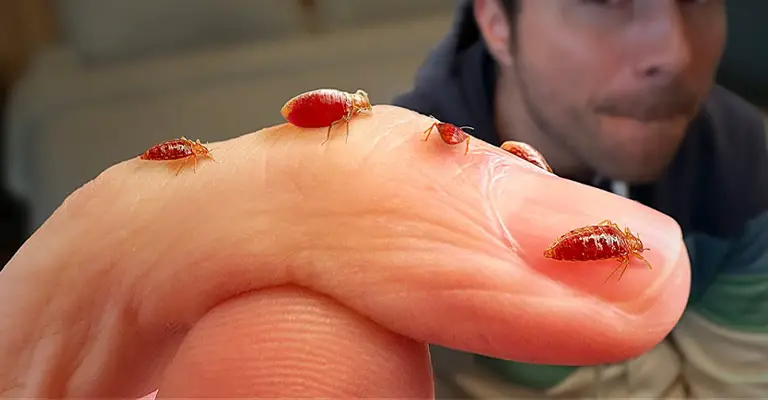Discovering a flea infestation in your apartment can be a distressing experience. These tiny, persistent pests can quickly multiply, infesting your living space and causing discomfort for you and your pets.
While fleas are commonly associated with pets, they can also find their way into your home through various means, such as hitching a ride on clothing or furniture.
Getting rid of fleas requires a comprehensive approach that targets adult fleas and their eggs and larvae to prevent re-infestation.
By implementing effective strategies and taking preventive measures, you can reclaim your apartment and create a flea-free environment for yourself and your furry companions.
A Complete Guide To Flea Control In Apartment Buildings
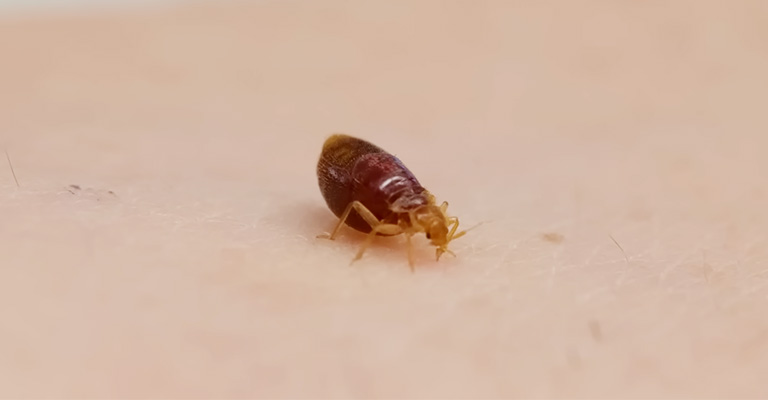
There’s no laughing matter when your apartment or home has fleas, especially since flea bites can cause severe allergic reactions in humans and pets.
Interestingly, fleas can infest any type of home – a home or an apartment, pet-free or with pets. As such, apartment residents are not immune from dealing with this pest issue.
In case you’re experiencing an infestation in your apartment, read on for more information on how to get rid of fleas so you can enjoy your home once more.
Identifying Fleas In Your Apartment
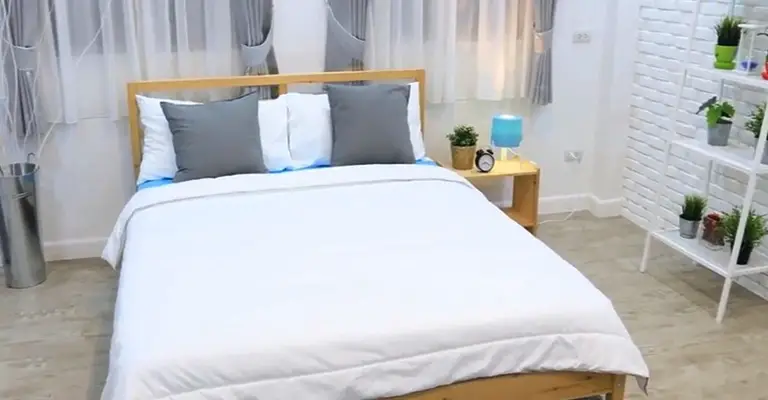
A flea is a flightless insect that consumes birds’ and mammals’ blood to survive. This is accomplished using mouth parts that penetrate the skin and suck up blood. Small brown insects, they are usually less than 3mm in size.
Their narrow bodies facilitate easy movement through their host’s fur or feathers. Animals tend to have claw-like structures at the ends of their legs, which makes it nearly impossible to separate from them.
Because they cannot fly, their hind legs are adapted for jumping long distances, making them highly mobile and agile. It is also essential to understand how fleas live so that you can eliminate them.
All insects have a four-stage life cycle: egg, larvae, pupae, and adults. When a female is given her first blood meal, she usually lays up to 50 eggs within 24 to 36 hours.
It is usual for the eggs to be laid on the hosts’ skin. The process will continue for up to three months as long as the host remains present.
During the course of one week, fleas can complete their whole life cycle. A warm and humid environment is ideal for this, which depends on favorable conditions.
Home Remedies For Residential Flea Infestations
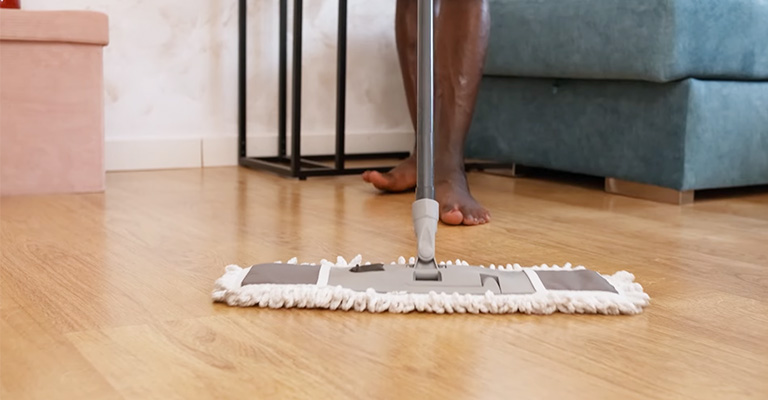
When you discover a flea infestation in your residence, your first reaction is to eliminate it immediately. As a result, we have listed some simple remedies you can do yourself:
- A steam cleaner with high heat and soap may be an option.
- Use the highest heat setting on your dryer when drying your bedding.
- Put your bedding in the washer with detergent and hot water.
- Ensure that floors, mattresses, and upholstery are vacuumed thoroughly using a powerful vacuum cleaner.
- The flea trap can be made with dish soap and warm water. Using a shallow bowl or plate, spread the mixture in rooms where fleas might be hiding. The solution works as a glue trap and traps fleas. Due to fleas’ nocturnal nature, you should leave the plate or bowl overnight.
- Maintain flea-repelling plants on your balcony and throughout your apartment.
- Various plants can be used to remove moths, including spearmint, rosemary, lavender, chrysanthemums, and pennyroyal.
- Make a citrus spray Using lemon or orange essential oil and water.
- It is also possible to make a solution by boiling lemons in water after cutting them up. In areas where fleas have been found, spray the mixture.
- When vacuuming your carpets and furniture, sprinkle baking soda or salt over them.
- Everyday household items can be used to get rid of fleas. Immediately dispose of the vacuum bag or empty it and wash out the canister after cleaning.
Flea Repellant Plants
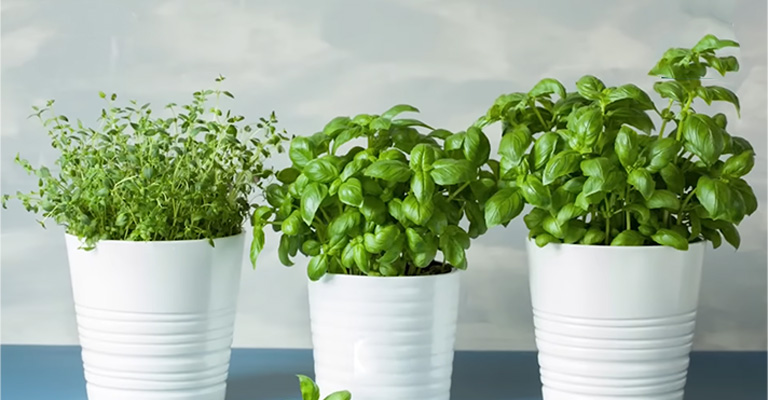
Certain plants emit natural fragrances that act as repellents against fleas. It is a natural remedy that looks good in an apartment and is useful. These are;
- Catnips – This plant is a member of the mint family, exhibiting properties that are known to benefit cats in particular. As an added benefit, its fragrance prevents fleas from jumping onto your cat.
- Citronella – Lemongrass is another name for it. Besides repelling fleas, citronella oil is also a mosquito repellent obtained from this plant’s leaves.
- Chrysanthemums – They produce brightly colored flowers that brighten up any apartment. Besides keeping fleas away, their petals release a fragrant insecticide that also keeps most types of insects at bay.
- Pennyroyal – The oils made by this plant aren’t just insect repellants but also have therapeutic properties for treating the common cold.
- Lavender – A plant related to mint, lavender releases a natural repellant fragrance.
- Rosemary – The leaves of this plant can be added to pet bathwater and used to bathe pets. Boiling the leaves in water and letting them cool can be done. After the pet dies, the extracts in the water act as natural repellants, killing fleas and repelling others.
It is also possible to spray rosemary extract in water around the house. This method will give a pleasant fragrance, and fleas will be repelled as well.
Flea Spray Containing Essential Oils
As mentioned above, the oils extracted from the plants can replace the spray as a faster, more convenient alternative. To extract the oils from the plants, they must be soaked in vinegar for a pe.
Once extracted, the oil concentrate can then be mixed with water and sprayed directly onto the animal’s fur. As it is natural, it does not cause discomfort to the pets.
I Have No Pets, So Why Do I Have Fleas In My Apartment?
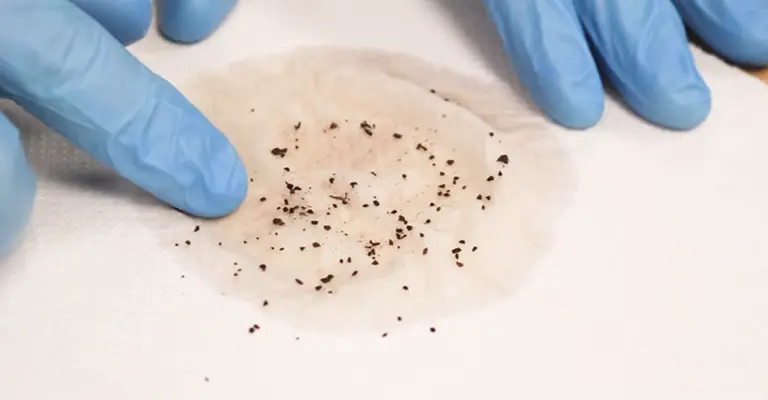
A common mistake is associating fleas with pets, which is not uncommon, or even entirely incorrect.
Fleas often attach themselves to your four-legged, furry family member, who then serves as their means of transport from outside.
It may therefore surprise you that fleas can enter your home via other means other than riding your pet.
Although fleas rarely infest humans, their small size allows them to sneak into your apartment through window screens or floor cracks.
Are you currently living in an old apartment or house that has been gifted to you or inherited by another individual? The second most common way to access your apartment is through this method.
Everything You Need To Know About Flea Eggs
To lay eggs, female fleas need blood for reproduction. The first blood meal they consume is what allows them to lay eggs.
It is reported that female fleas can lay up to 50 eggs a day and well over 100 eggs over the course of a few months.
Fleas use the blood in their development to supply nutrients to their eggs, which look like tiny ovals. There is a range of colors of eggshells, from bright white to off-white to translucent.
People often confuse flea eggs with dandruff, whether they know it or not. The process of removing fleas must be completed until all flea eggs have been destroyed and properly disposed of.
Getting Rid Of Fleas Outside The Apartment
Fleas are more likely to be spread outdoors, so if you have an infestation in your apartment, you should also pay attention to the outdoors.
Due to their external origin, flea attacks are common. It is therefore important to ensure that the outside of our apartments is free from fleas by taking appropriate precautions.
If your apartment has a yard or common area where your pets can play and run, you should pay attention to these places. It is necessary to prepare the area before beginning disinfection.
Besides clearing clutter, weeding, and mowing the lawn, this involves removing clutter and landscaping the yard. Fleas may hide while being rid of them, so this is done to prevent them from hiding.
When the fleas have been cleared out, flooding areas where they may reside is a common method of killing them.
This method waters your yard and kills fleas and their eggs simultaneously. You can also spray beneficial nematodes in your yard as a natural way to control weeds.
While most roundworms are harmful to pets and humans, some are known to control pests without harming them. Invading the larva of the pest, these nematodes release bacteria inside the larvae that poison them.
It is recommended to use nematodes every 6 to 10 days to combat nematode infestations. A nematode infestation can, however, be prevented by applying this spray in strict accordance with directions.
You can also use insecticides as a last resort but follow their directions carefully.
Chemical Treatments
The use of this method should be reserved for last resort only. Even though it may get rid of fleas, it could also negatively affect you, your pets, or the environment.
There is a chemical treatment that uses insecticides. You can get the right insecticide in your store.
Some of them are meant to kill both adults and their eggs. You should use the aerosol spray well once you have obtained it, concentrating on places you may have trouble reaching otherwise.
It is crucial that no one, including pets, comes into direct contact with the spray.
It is best to wear gloves when you spray and to ensure that the house is empty while you are doing so. Ensure that the spray has dried completely before returning to the apartment.
Final Words
Having an experienced exterminating company conduct a thorough inspection and evaluation of your apartment will be the most effective way to completely eliminate fleas.
Getting in touch with a reputable pest control company should be the first step. Your complex needs to be notified of the situation so they can take the appropriate steps.

